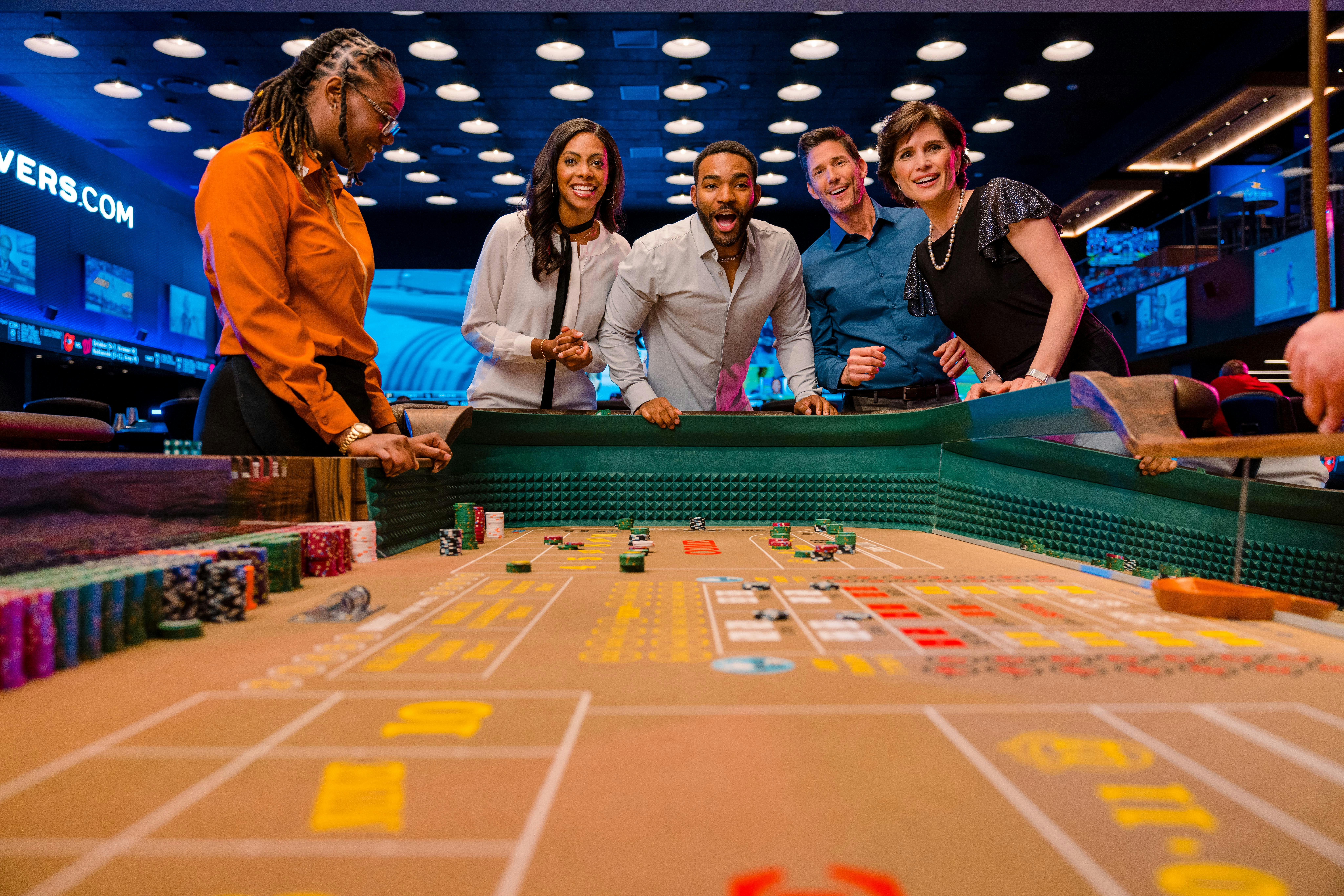
Casinos are designed to be immersive, engaging, and, ultimately, addictive environments. From the flashing lights to the sounds of slot machines and the layout of tables, every detail of a casino is meticulously crafted to keep players entertained and coming back for more. But behind the glitz and glamour of these establishments lies a carefully planned strategy rooted in psychology. Casino designers understand the human mind and use a variety Go here of techniques to encourage prolonged gambling sessions, increase spending, and reduce the likelihood of players leaving. In this article, we’ll explore the psychology behind casino design and how these tactics are used to create an environment that is as captivating as it is compelling.
- The Illusion of Control and Player Engagement
One of the most fundamental psychological tactics employed by casinos is the illusion of control. While the outcomes of most games, such as slots or roulette, are entirely random, casinos make sure players feel as though they have some level of control over their destiny. For example, in slot machines, players can press buttons or pull levers, which creates the feeling that they are actively involved in the outcome. Even in games like blackjack or poker, where skill is involved, the idea of “personal decision-making” gives players a sense of control over their fate. This feeling of influence over the results encourages players to stay engaged and continue playing, even after a loss, because they feel that with just one more decision or spin, they could win big.
- The use of Sound and Visual Stimulation
The sensory elements of a casino play a significant role in influencing players’ behavior. Bright lights, flashing signs, and an array of colorful visuals are designed to create a sense of excitement and energy. Slot machines, in particular, are famous for their flashing lights and celebratory sounds, signaling wins—even small ones. These sensory cues trigger the release of dopamine, the brain’s “feel-good” chemical, reinforcing the desire to keep playing. The sound of coins clinking or the “ding” of a jackpot can induce a euphoric response, causing players to associate the experience with reward and pleasure. Similarly, the visual layout of a casino is specifically designed to prevent players from noticing the passage of time. With few windows or clocks in sight, players can easily lose track of how much time has passed, allowing them to focus solely on the game at hand.
- Creating a Compelling Atmosphere with the “No Exit” Design
Casinos are also strategically designed to create an environment where players feel they have nowhere else to go. From the moment you step inside, casinos employ a “no exit” strategy—creating winding hallways and confusing layouts that make it difficult to find the exit. By doing this, casinos encourage players to stay within the gambling area, keeping them in a space where they are constantly exposed to new games and opportunities to bet. Additionally, the design ensures that the most enticing games, such as slots and popular table games, are placed in areas with heavy foot traffic. This forces players to navigate through a maze of flashing lights and sound to get to their destination, subtly tempting them to stop and play along the way. The lack of clear exits discourages players from easily leaving the establishment, ensuring they stay longer and spend more.
- The Reward System and Reinforcement Techniques
Casinos use reinforcement techniques to encourage players to keep playing and make repeat visits. One of the most effective strategies is the use of intermittent rewards, which is a concept borrowed from behavioral psychology. In games like slots, players receive occasional small wins (referred to as “near-misses”), which reinforce the desire to continue playing despite the overall loss. These small wins create hope, keeping players engaged as they feel that they are getting closer to a large payout. Additionally, casinos often use loyalty programs to further entice players to keep returning. By offering rewards, such as free drinks, meals, or even hotel stays, casinos create a sense of indebtedness in players, making them more likely to stay longer in order to “earn” their rewards. These loyalty programs encourage frequent visits, ensuring that players will continue spending their money over time.
- The Role of Social Influence and Group Dynamics
Casinos are not just places for individual gambling; they are also social environments where group dynamics play a significant role. Many people enjoy the camaraderie of playing games with others, whether at a blackjack table or a poker room. Casinos strategically place these social games in areas where groups of people can interact, fostering a sense of community. The excitement of playing in a group, alongside the possibility of shared wins, encourages players to continue participating. Additionally, the presence of attractive dealers and croupiers can influence the mood and energy of the game, making the experience more enjoyable and immersive. The use of social influence is especially evident in high-stakes games, where the thrill of competition and the desire to impress others can keep players engaged far longer than they might otherwise.
Conclusion
The psychology behind casino design is a complex and deliberate blend of environmental cues, sensory stimulation, behavioral psychology, and social influence. Every element within a casino, from its layout to the sounds and lights, is carefully crafted to encourage players to stay longer, gamble more, and increase the likelihood of repeat visits. By creating a space that feels engaging, rewarding, and even immersive, casinos tap into the human desire for excitement, control, and social interaction. Understanding these psychological techniques can help players become more aware of how casinos influence their behavior, empowering them to make more informed decisions and enjoy their gambling experiences responsibly.